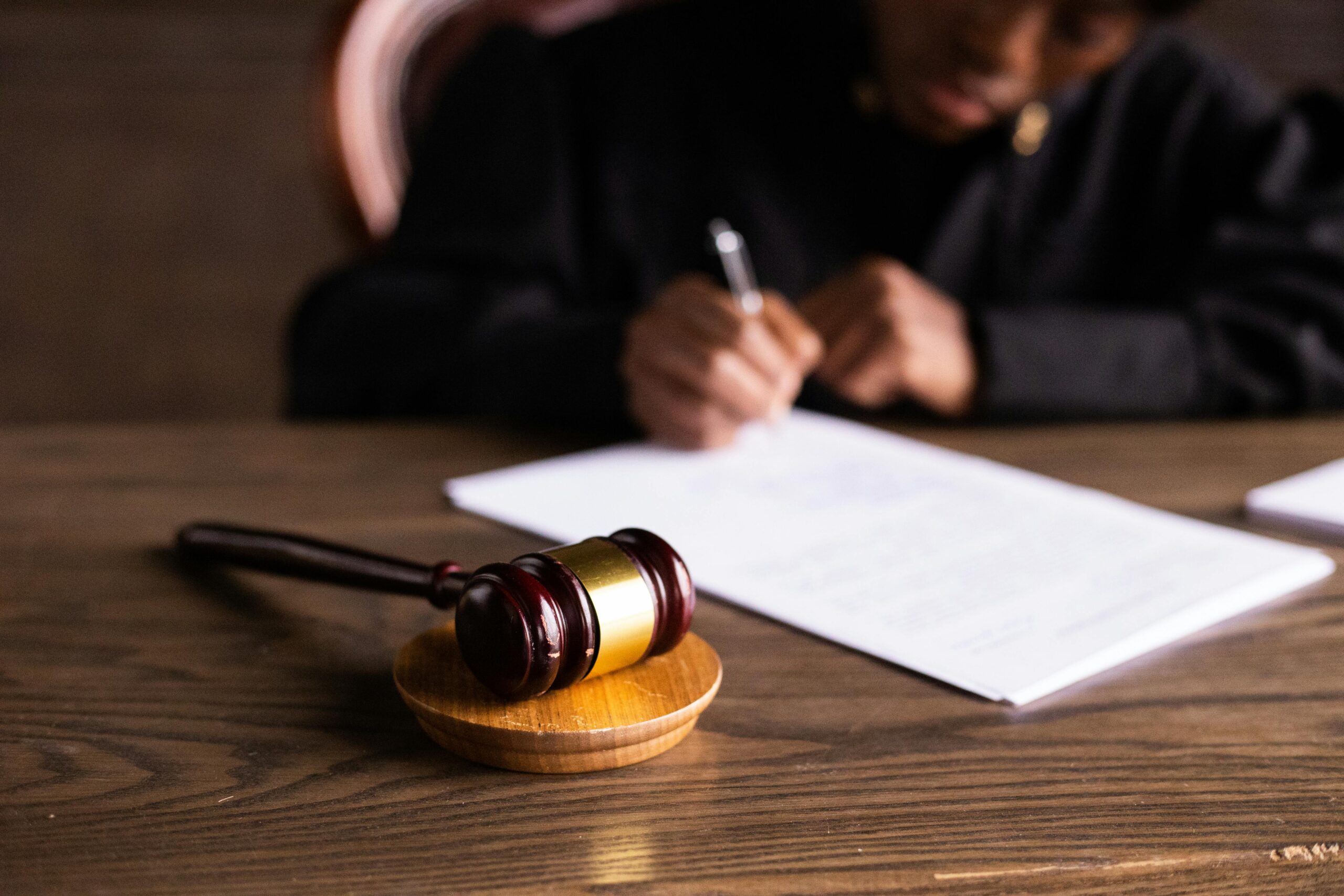Mass tort litigation offers a legal avenue for large groups of individuals who have suffered similar harm due to the same defendant’s actions. This type of litigation often involves complex legal principles and the need for robust evidence. Two critical components in mass tort cases are proof of use and proof of injury. Understanding the distinction between these two types of evidence is essential for building a strong case and achieving a successful outcome. In this blog post, we will explore the differences between proof of use and proof of injury, their significance in mass tort cases, and how they are utilized in the legal process.
What is Proof of Use?
Proof of use refers to the evidence demonstrating that the plaintiff used or was exposed to the defendant’s product or service. In mass tort cases, establishing proof of use is a foundational element that links the plaintiff to the source of the harm. Without proof of use, it can be challenging to hold the defendant accountable for the plaintiff’s injuries.
Types of Proof of Use
Proof of use can take various forms, depending on the nature of the product or service in question. Common types of proof of use include:
- Receipts and Purchase Records: Documentation showing that the plaintiff purchased the product in question. This can include store receipts, credit card statements, and invoices.
- Prescription Records: In cases involving pharmaceutical drugs or medical devices, prescription records from healthcare providers can serve as proof that the plaintiff used the product.
- Product Packaging and Labels: Retaining the product packaging, labels, or user manuals can provide evidence that the plaintiff used the specific product.
- Witness Testimonies: Statements from family members, friends, or colleagues who can attest to the plaintiff’s use or exposure to the product.
- Photographs and Videos: Visual evidence showing the plaintiff using or being exposed to the product.
What is Proof of Injury?
Proof of injury, on the other hand, refers to the evidence demonstrating that the plaintiff suffered harm or injury as a result of using or being exposed to the defendant’s product or service. Proof of injury is essential for establishing causation—the link between the defendant’s actions and the plaintiff’s harm.
Types of Proof of Injury
Proof of injury can include various forms of evidence that document the plaintiff’s physical, emotional, or financial harm. Common types of proof of injury include:
- Medical Records: Comprehensive medical records detailing the diagnosis, treatment, and prognosis of the plaintiff’s injuries or illnesses. This includes doctor’s notes, hospital records, test results, and treatment plans.
- Expert Testimonies: Statements from medical professionals, toxicologists, or other experts who can provide insights into the cause and extent of the plaintiff’s injuries.
- Photographs and Videos: Visual documentation of the plaintiff’s injuries, such as photographs of physical injuries or video recordings of the plaintiff’s condition.
- Pain and Suffering Documentation: Records that capture the plaintiff’s emotional distress, pain, and suffering, including therapy notes, journals, and personal testimonies.
- Financial Records: Evidence of economic losses resulting from the injury, such as medical bills, receipts for treatment expenses, lost wages, and loss of earning capacity.
The Significance of Proof of Use and Proof of Injury in Mass Tort Cases
Both proof of use and proof of injury play crucial roles in mass tort litigation. Together, they form the basis of the plaintiff’s claims and are instrumental in establishing the defendant’s liability.
Establishing Causation
In mass tort cases, plaintiffs must demonstrate a causal link between their use or exposure to the defendant’s product and their injuries. Proof of use shows that the plaintiff was indeed exposed to the product, while proof of injury provides evidence of the harm suffered. Together, these elements help establish causation, which is essential for holding the defendant accountable.
Strengthening the Case
Strong evidence of both use and injury can significantly strengthen the plaintiff’s case. Detailed documentation and credible testimonies can help create a compelling narrative that persuades judges, juries, and opposing counsel. A well-documented case is more likely to lead to favorable settlements or verdicts.
Meeting Legal Standards
Different jurisdictions may have varying legal standards for proof in mass tort cases. However, most courts require clear and convincing evidence of both use and injury. Plaintiffs must meet these legal standards to succeed in their claims and secure compensation for their losses.
Challenges and Considerations
While proof of use and proof of injury are essential, plaintiffs and their attorneys may face challenges in gathering and presenting this evidence.
Collecting Evidence
Obtaining the necessary evidence can be challenging, especially if the events in question occurred many years ago. Plaintiffs must diligently gather and preserve all relevant documents, records, and testimonies to support their claims.
Overcoming Disputes
Defendants may challenge the authenticity or relevance of the evidence presented. Plaintiffs and their attorneys must be prepared to counter these challenges with additional documentation, expert testimonies, and thorough legal arguments.
Coordinating with Multiple Plaintiffs
In mass tort cases involving numerous plaintiffs, coordinating the collection and presentation of evidence can be complex. Attorneys must ensure that each plaintiff’s evidence is meticulously documented and organized to build a cohesive and compelling case.
Proof of use and proof of injury are fundamental components of mass tort litigation. While proof of use establishes the plaintiff’s connection to the defendant’s product, proof of injury demonstrates the harm suffered as a result. Together, these types of evidence form the foundation for establishing causation, strengthening the case, and meeting legal standards. Understanding the importance of both proof of use and proof of injury can help plaintiffs and their attorneys navigate the complexities of mass tort litigation and achieve successful outcomes.



